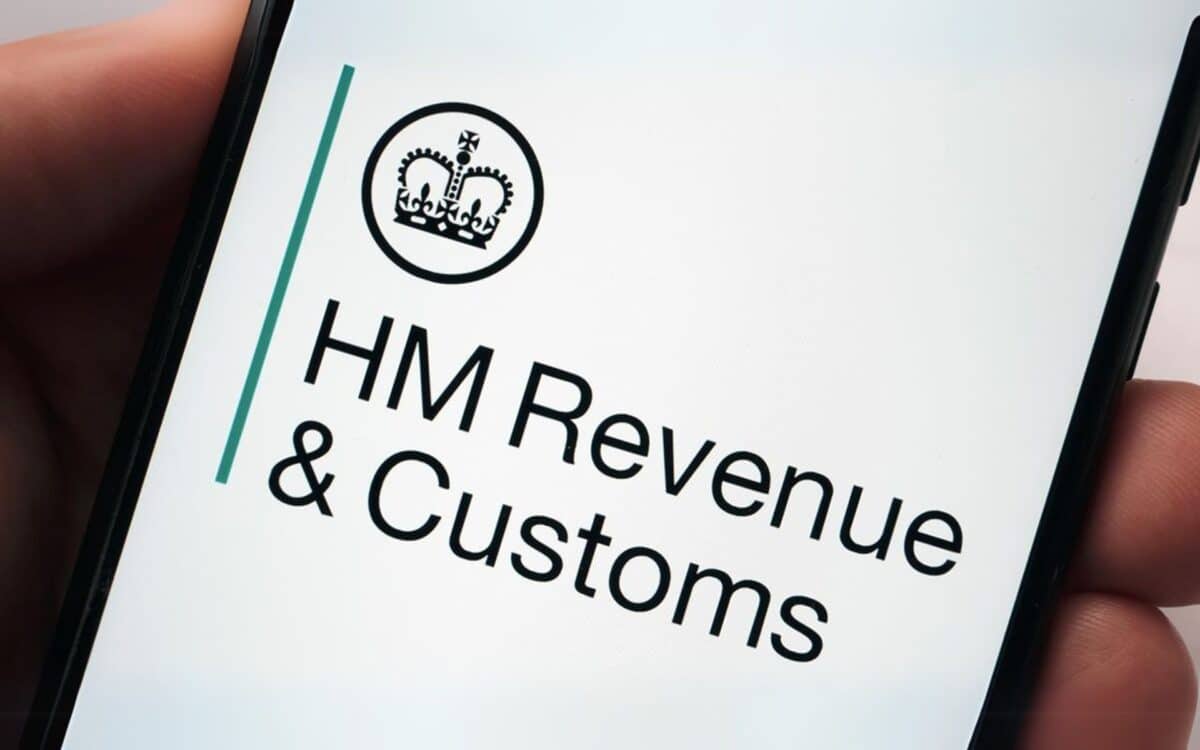HM Revenue and Customs (HMRC) has issued a warning to Child Benefit claimants, urging them to stay vigilant against potentially fraudulent messages related to their claims. These messages, often designed to appear legitimate, can be difficult to distinguish from official communications.
According to Manchester Evening News, while HMRC does send genuine notifications via text or email to update claimants on their applications or account status, the department emphasises that it will never request personal or financial details.
How HMRC Communicates With Claimants
According to HMRC’s official guidance, messages may include updates about received claims, successful applications, or important account changes. These texts may sometimes contain links leading to GOV.UK pages or HMRC webchat services.
However, claimants are urged to exercise caution, as scammers often attempt to mimic these communications, tricking individuals into clicking on fraudulent links.
HMRC reassures recipients that it will never ask for sensitive information via text or email. If a message claims to offer a tax refund in exchange for personal details, it should be treated as suspicious and ignored. Claimants are advised to contact HMRC directly if they are uncertain about the authenticity of a message.
Examples of Fraudulent Messages
Scammers often send texts pretending to be from HMRC, using various tactics to deceive recipients. These fraudulent messages may claim that the recipient is entitled to a tax refund and must provide their bank details to receive it.
Others contain urgent warnings about account security, pressuring individuals to click on a link. Some messages include links to fake websites designed to steal personal and financial information.
If you receive a suspicious message, it is essential not to click on any links or reply. Instead, report it directly to HMRC’s phishing and scams department.
Child Benefit: Eligibility and Financial Support
Child Benefit is a financial aid programme for parents with children under 16, or up to 20 if they remain in education or training. There is no restriction on the number of children a family can claim for. Current rates stand at :
- £25.60 per week for the eldest child.
- £16.96 per week for additional children.
These payments equate to £1,331.20 per year for one child and £2,212.60 per year for two children. Despite these benefits, an estimated 214,000 eligible parents fail to claim each year, missing out on additional financial support.
In addition to financial assistance, Child Benefit grants National Insurance (NI) credits, which can contribute towards an individual’s State Pension. For those not in paid employment, such as stay-at-home parents, these NI credits are particularly valuable in maintaining their pension eligibility.
The High-Income Charge and Repayment Conditions
Parents or partners earning over £60,000 per year may be subject to the high-income charge, requiring them to pay back some or all of their Child Benefit through self-assessment tax returns. This repayment gradually increases until the income reaches £80,000, at which point the entire benefit must be repaid.
This system has led some higher-income families to opt out of receiving Child Benefit payments to avoid tax complications. However, even in such cases, it remains beneficial to register for Child Benefit, as doing so ensures that National Insurance credits are applied.
How to Apply for Child Benefit
Eligible parents can apply for Child Benefit via GOV.UK, where they will need to provide:
- The child’s birth or adoption certificate.
- Their National Insurance number (and that of their partner, if applicable).
- Their bank account details.
Applications can be made 48 hours after birth registration and may be backdated up to three months. Only one parent can claim for each child, which affects who receives the National Insurance credits associated with the benefit.
How to Report a Scam Message
HMRC has set up official channels for reporting phishing attempts and fraudulent messages. If you receive a suspicious email or text :
- Forward the email to phishing@hmrc.gov.uk.
- Send a screenshot of the text to 60599 or forward it to phishing@hmrc.gov.uk.
- Report the scam online via GOV.UK’s fraud reporting page.









